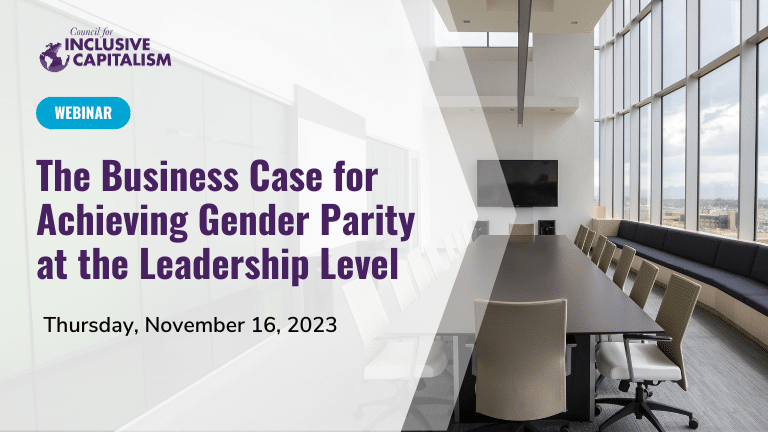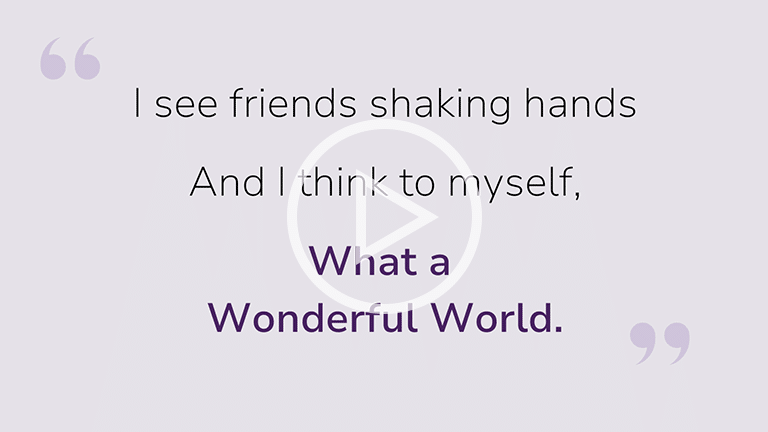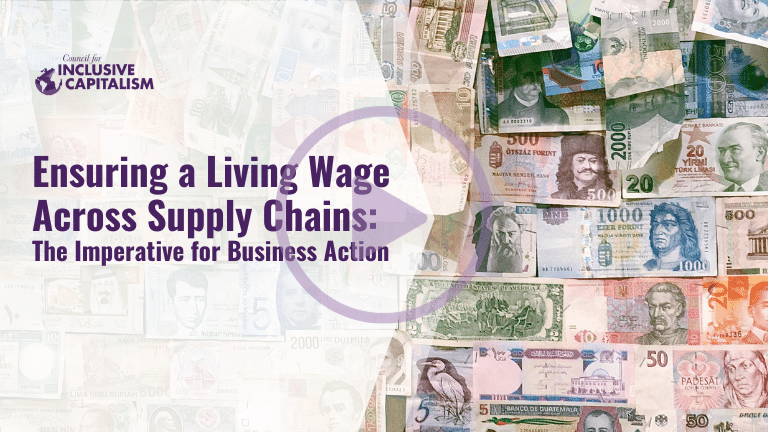Operationalizing ESG for Small and Medium Businesses
Featured Members
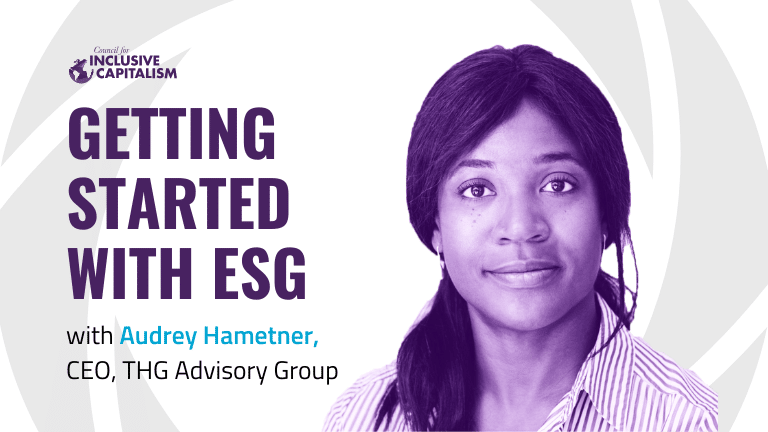
Fusing environmental, social, and governance (ESG) goals with business operations is widely regarded as smart practice. Yet, drafting an ESG strategy and managing organizational transformation are daunting tasks with no clear starting point.
Audrey Hametner, Founder and CEO of governance and operations consulting firm THG Advisory Group, spoke with the Council this month to offer advice for ESG newcomers on the first steps to strategy building. Start with your vision for your business, she says, and then involve your entire workforce in finding areas for growth.
Watch the 15-minute conversation between Council for Inclusive Capitalism CEO Meredith Sumpter and Audrey Hametner, or scroll for a complete transcript.
Meredith: Welcome, everyone. I’m Meredith Sumpter. I am the CEO of the Council for Inclusive Capitalism and today it is my honor to share with you a leader at the Council, our steward member, Audrey Hametner, who is the CEO of THG Advisory Group. Audrey, thanks so much for joining us today.
Audrey: Thank you for having me, Meredith. It’s a pleasure.
Meredith: I’m so proud of the work that you’re leading at THG Advisory Group and the way that you’re bringing your actions to the Council. I wonder if you could just share with us, Audrey, about THG Advisory Group, what it is and what you do.
Audrey: Sure! So THG Advisory Group is an operations and governance advisory practice. We focus on supporting the development and improvement of SMEs. You’d say part of our mandate is making that shift in ESG easier. So we help SMEs identify how to smoothly and somewhat seamlessly broaden their knowledge of their impact and how ESG can actually positively impact their bottom line.
Meredith: Yes. That’s so true. The way that you framed this is spot on, Audrey. The nature of capitalism, of a healthy capitalism, is inclusive. If everyone is not able to be part of that economic system in producing and providing value and able to consume the value that is produced, it weakens the economies and societies upon which capitalism is meant to thrive. So I think that’s just an incredibly important point.
I wonder if you can share with us, at THG Advisory Group, a little bit more about how you help clients with their own ESG strategies and goals.
Audrey: When we have a client that’s focused on ESG and understanding it for themselves, the first thing that we do, which I think is crucial, is spend time not just with senior management, but also with the people on the floor, the people who are actually producing the good, talking to the clients. Because the idea is the way in which you conduct the business that you’re looking to do is the key to finding a strategy that works for you. It’s not about taking a roadmap or benchmark and sticking it in. It’s about looking at the business and breaking it apart and identifying the pieces that make sense to look at and to modify when you look through an ESG lens. Right?
So, it’s exact same thing you do when you’re looking at environmental. What is my environmental footprint? What are the actions I’m taking? How can I reduce a negative action? What is a low hanging fruit to achieve certain targets? And then what are the long term and medium term perspective?
It’s the exact same thing on the ‘S’ side. What are we doing that is impacting our society, our customers, our employees, and all of our stakeholders? How are we engaging with them? So how do we impact them and how do they impact us? And what is it that we can look at within the value chain — both ways— that can support our business and we can make the tweak or make the change to fall in line with ESG directives or goals that we set as a company?
Then once you do that, you sort of sit back and say, ‘we need to make sure there’s strategic alignment with the KPIs and what it is we want to do as a company.’ Because the minute it costs too much, everyone starts to backtrack. But the minute you can show alignment with the company goals and what you want to achieve, very little resistance. It starts to make sense.
Meredith: I think that’s so important. How the ESG priorities, how it aligns with the company’s own priorities and plans, as well as how does it relate back to profitability? With the increased investment for ESG prioritization, there is also an increase in value, in addition to there will be an increase in cost. But showing how that value leads to a better bottom line and better profitability for the company is absolutely key.
Audrey, many people view ESG as the domain of large corporations, and you do a lot of work with SMEs. So I’m wondering if you can share with us, how can smaller companies implement ESG goals into their own operations? And are there particular resources that they need to support their efforts on inclusivity and sustainability?
Audrey: Smaller organizations that had never thought about ESG before, and now we’re looking at an operational improvement plan and we’re introducing ESG to the forefront. Then the conversation comes down to what is your five-year vision for the company or your three-year vision? Right? Where are you falling short? Because if we’re going to talk about efficiencies, let’s talk about long-term efficiencies, not just the efficiency of this one project here. Once you break open that conversation, then there’s no turning back. Because then we start looking at it from all angles.
What are you doing in terms of sales and marketing? What are you doing in terms of production? What are you doing in terms of your finances? Let’s look at some of the processes you’re going through. Have you thought about, ‘I can’t believe your turnover is so high!’ What type of things are happening in the company? Then you just start digging. Companies: That’s all it takes.
If they look at changes to an ESG lens as they’re looking and digging, it’s very clear what comes out, and then they just prioritize and choose. You can’t do everything, but you can figure out what’s most impactful from the issues that you’re facing — impactful both on the business financially, but also impactful in terms of the people.
So, if you’re trying to save money, don’t think about changing your staff because it costs four and a half times more money to recruit, hire, and retrain. Why not look at a way in which you can slowly improve the performance of the people that you have by looking at where they’re falling short and supporting them internally? Let’s now invest more in wellbeing programs, not just “Pizza on a Friday,” but impactful wellbeing programs that can help to work through some of the social issues internally. Let’s look at how your customers are looking at your product, and let’s see whether or not there’s something we can do on your sales and marketing side that can improve what’s happening and your bottom line. Let’s look at your procedures internally and see why people are cutting corners.
It’s about opening their eyes to what ESG means, different ways in which they can factor in looking at the issues that they have because every industry is different. And then when you take that further, you then will look for the benchmarks that work within those industries and support them on how to then create the reporting that is sustainable. I can sustain the fact that I can show you that this is real impactful change that I’m making, and this aligns with what needs to happen to show you that I am doing my piece and that’s what’s important.
Meredith: As you’ve spoken so eloquently, enabling the talent that you have, enabling the best performance of the company that you have, it’s really about ESG as business excellence, which I think is so powerful.
Audrey: Yes!
Meredith: What advice, Audrey, would you give to businesses who want to create an ESG strategy but really just don’t have an idea of where or how to begin?
Audrey: I guess the first thing I would say is, while it’s driven by the top, the strategy has to be developed holistically. The strategy needs to start with everyone’s input, and everyone needs to also be educated on what ESG is and look at it from the lens of how could this truly, positively affect the business? Not, oh, let’s look at this as compliance, and let’s figure out how we can slot things in, but literally opening the book and sitting down — not just from HR, not just from leadership, not just from the line managers — but also from certain segments of people within each of those departments.
Start off big, then narrow it down, and then take that strategy back and say, ‘here’s what we want to do and here’s how it’s going to impact each of these departments. How do you feel as an employee about what we’re saying, knowing what ESG is and knowing our business so intimately?’
When people feel a part of the process, it’s a lot easier to get that engagement, not buy-in, but engagement, to get the results. Then it’s much easier to set your and benchmark your OKRs and KPIs and make sure that you can align it with the profitability. Because nobody wants their business not to succeed, right? You don’t work for a company and hope they’re going to increase their spending to the point that it becomes ridiculous. You also want to see them succeed so they can see how their contribution will not only support the business, but also make their company a better place to be. You get a lot more buy in and they feel a lot more a part of the process.
Meredith: Yes. That’s very powerful. Audrey, last question for you: As someone who is a pioneer in this field of helping private sector actors see ESG is not a corporate social responsibility thing, but it’s something that is a business excellence thing. I hope that you could share with us, what gives you hope?
Audrey: Humanity, right. I mean, it’s humanity for self and it’s humanity for society. So you can’t underestimate everybody’s situation is different and they all want to improve their own. So how do you improve your own by improving the collective? You always start off at home, whether it’s your home, your community, your business, your department, your little niche. So it’s looking at and reframing the concept of “what’s in it for me?” When you can frame “what’s in it for me” on a larger context, then humanity wins because you start to see a collective good.
Meredith: That’s very powerful reframing the way that we think about not only ESG, but also our agency as private sector leaders to advance ESG for a more purposeful and a healthier and more dynamic form of capitalism. Audrey Hametner, CEO of the THG Advisory Group and Council Steward member. Thank you so much for joining us today.
Audrey: Thank you, Meredith. It was my pleasure.
